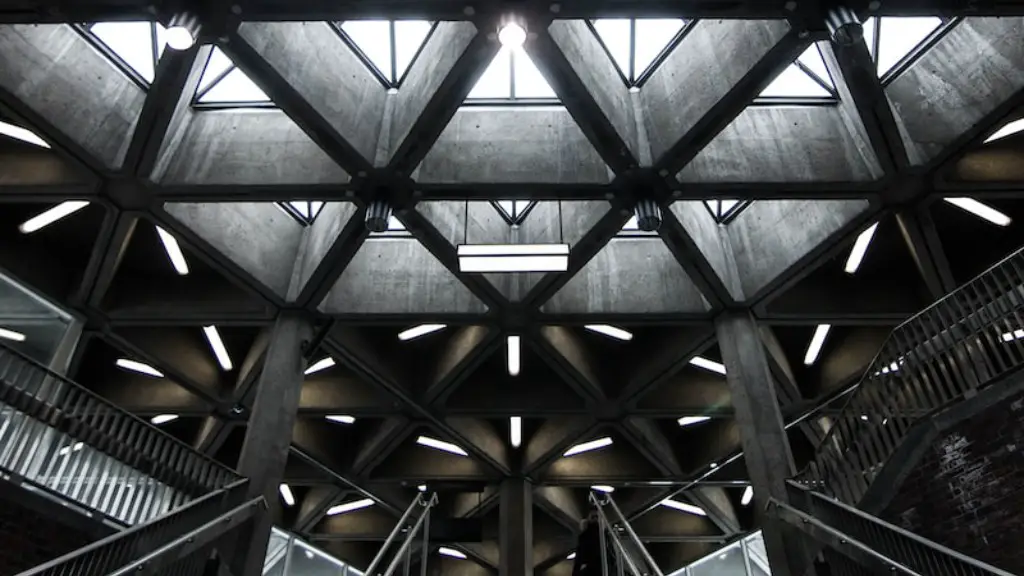What Is Process Architecture?
Process architecture is the architectural structure of a process. Process architecture is the study of the relationships between processes, how they concur and interact, as well as how they are sequenced and managed. It is concerned with process analysis, design and implementation, and stress is laid on planning and control of the overall process.
Process architecture specifies an organization for a system that has the purpose of a software engineering team to develop the necessary structural design for a given process, including the flow of data, subsystems and workflow. Process architecture designs are the result of analysing and preparing the development of processes in an organization. It focuses on how the process flows across departments, functions, stages and components which allows for better understanding and implementation of the process.
The concept of process architecture has become more popular as businesses move towards digital transformation and process automation. Companies are now looking to define and implement processes that are efficient, consistent and optimized. By using process architecture, companies can identify the pain points of a process, analyze its performance gauge, develop strategies and take action to streamline the process. This way, the process is made more efficient, reducing costs and boosting overall productivity.
Process architects must have strong organizational, technical and problem solving skills together with an understanding of business management, system architecture, software engineering, data engineering and security. They need to know the different types of processes, their purpose, how to sequence them and how to apply process adaptation for best effect. Process architects must also be familiar with the various design methodologies and best-practices. They have the responsibility to assess system requirements and to ensure that the end product meets customer requirements.
Experts in the field of process architecture usually carry out research on the current process environment and analyse the current process architecture to identify the gaps and then design a solution that best suits the needs. They typically use process modelling and simulation approaches to explore the best solutions. The process architect must then develop an implementation plan that includes timeline and resources.
Impact of Process Architecture
Organizations succeeding in their digital transformation efforts uses process architecture to achieve the desired results. Process automation is the main aspect of this transformation and it involves implementing new methods and technologies to automate processes. By automating certain processes, companies can improve efficiency, reduce costs and will be more adaptable to changes in the market.
An effective process architecture allows an organization to attain its goals faster and more efficiently by re-engineering its processes. By knowing the underlying process architecture, it becomes easier to identify processes that can be streamlined or eliminated altogether. It also assists in observing workflow interactions across departments to reduce wait time and reduce cost.
Process architecture can also enable an enterprise to observe how external stakeholders, such as clients and suppliers, influence the effectiveness of the process. This can lead to improved working relationships, as well as improved customer service and overall customer experience.
Process architecture also helps to create a transparent and predictable environment to manage processes, allowing the organization to respond quickly to changes in the environment or the market. Additionally, process architecture can help to develop long-term strategies, including those related to business continuity, strategic planning, compliance, and risk management.
Best Practices for Process Architecture
It is important for companies to ensure that their processes are designed in a way that satisfies the current business needs and provides value to customers. The following best practices can help companies to realize this goal:
Identify the underlying purpose and objectives of the process: This step helps to better understand the context of the process. It is important to gain an understanding of the desired outcome of the process and to identify where the value is achieved by the process.
Define the process architecture: This step involves designing the underlying architecture of the process, such as the flow of data, communication between components, and the sequencing of tasks.
Create a framework for daily process execution: This step involves defining the rules and roles that govern the process. It also involves setting up a framework for monitoring the performance of the process and ensuring it is reliable and efficient.
Control the process: Control is important to ensure the process remains compliant and efficient. It enables the organization to measure the performance of the process and identify areas for improvement.
Challenges in Process Architecture
Process architecture is not an easy task to manage, and the challenges associated with it include:
Adopting new technologies and methods: Companies need to keep up with the latest advancements in process automation to remain competitive. This is especially so for organizations that operate in highly competitive markets.
Integrating different systems: To ensure efficiency and scalability, companies need to be able to integrate different systems and tools. However, this process can be complicated and time-consuming.
Lack of coordination and communication: Coordination and communication between stakeholders during the process design and implementation can often be neglected, leading to process breakdowns.
Lack of visibility: Companies often lack the visibility needed to monitor the performance of their processes, leading to inefficiencies.
Conclusion
Process architecture is becoming increasingly important in the current digital economy. It is essential for organizations to have a well-defined process architecture to ensure their processes are efficient, scalable and compliant. By following best practices and overcoming the challenges, companies can ensure that their process architecture meets their expectations.





